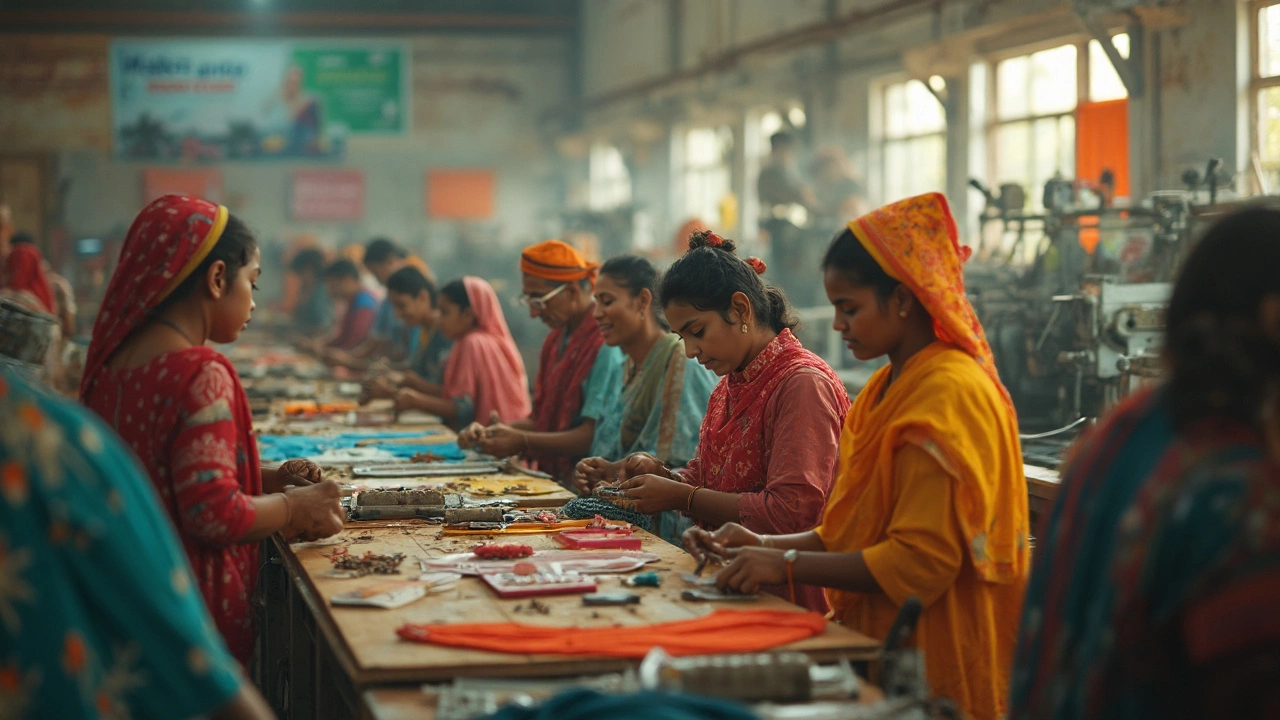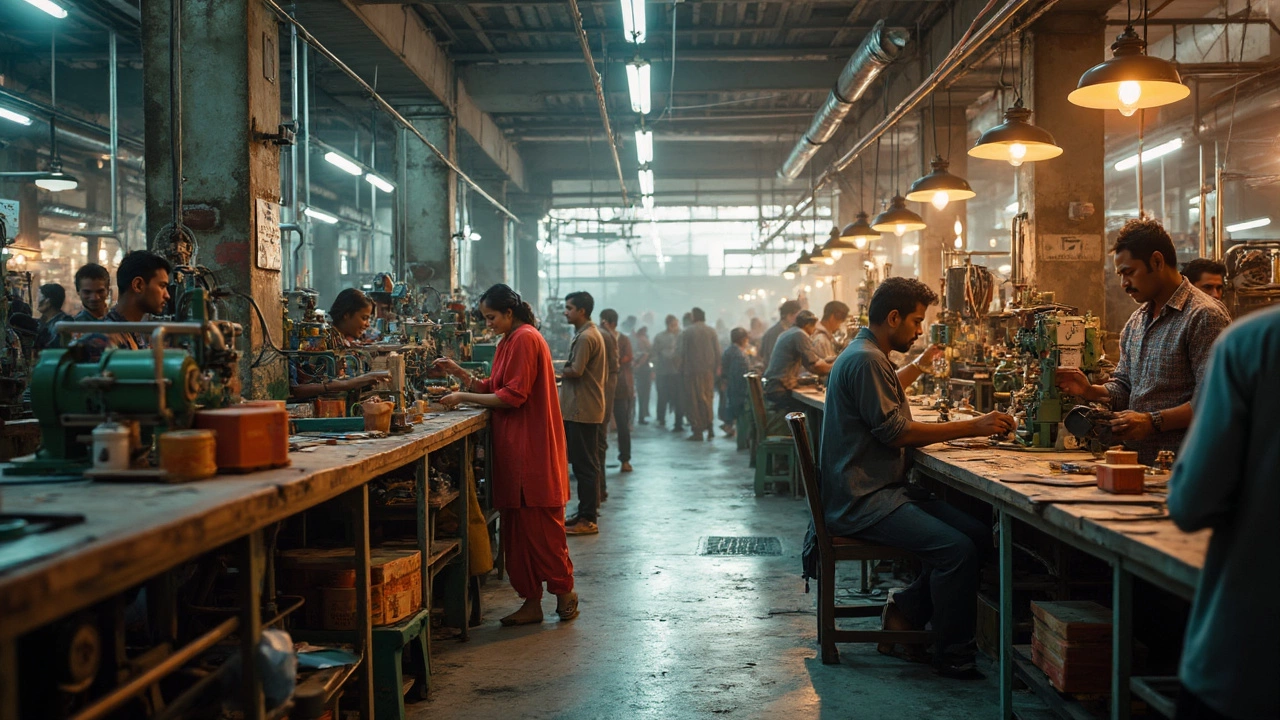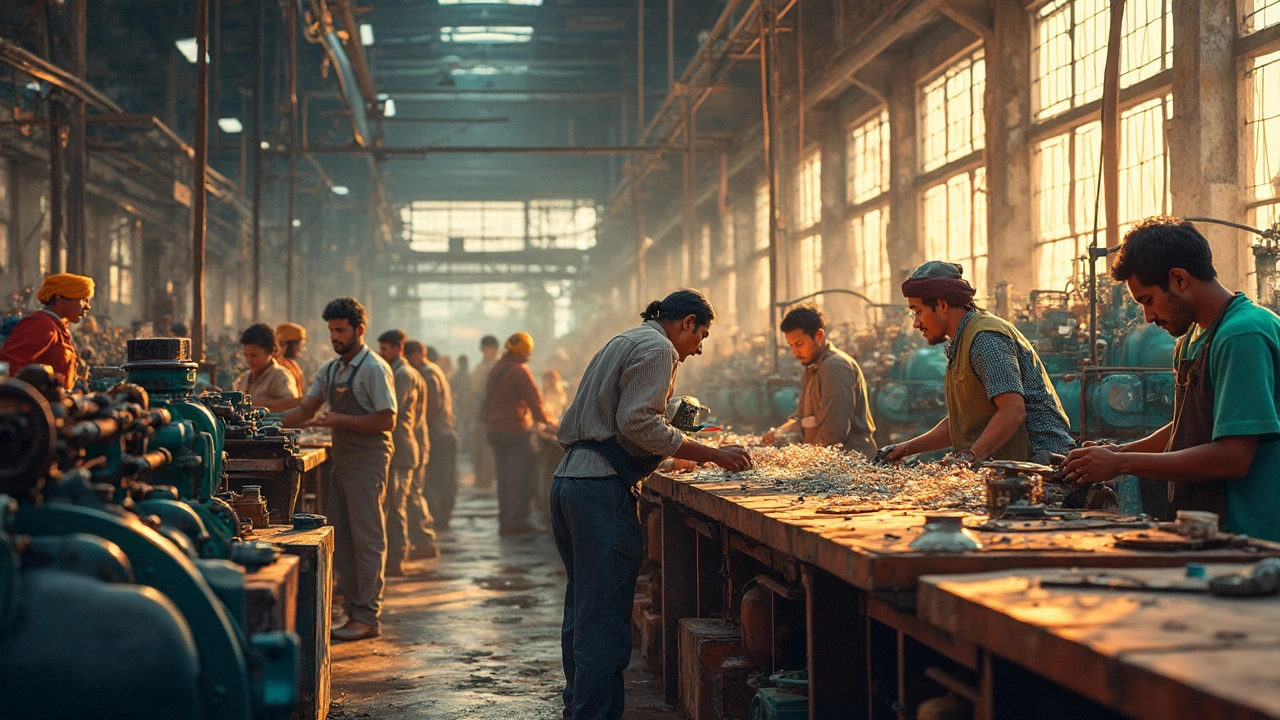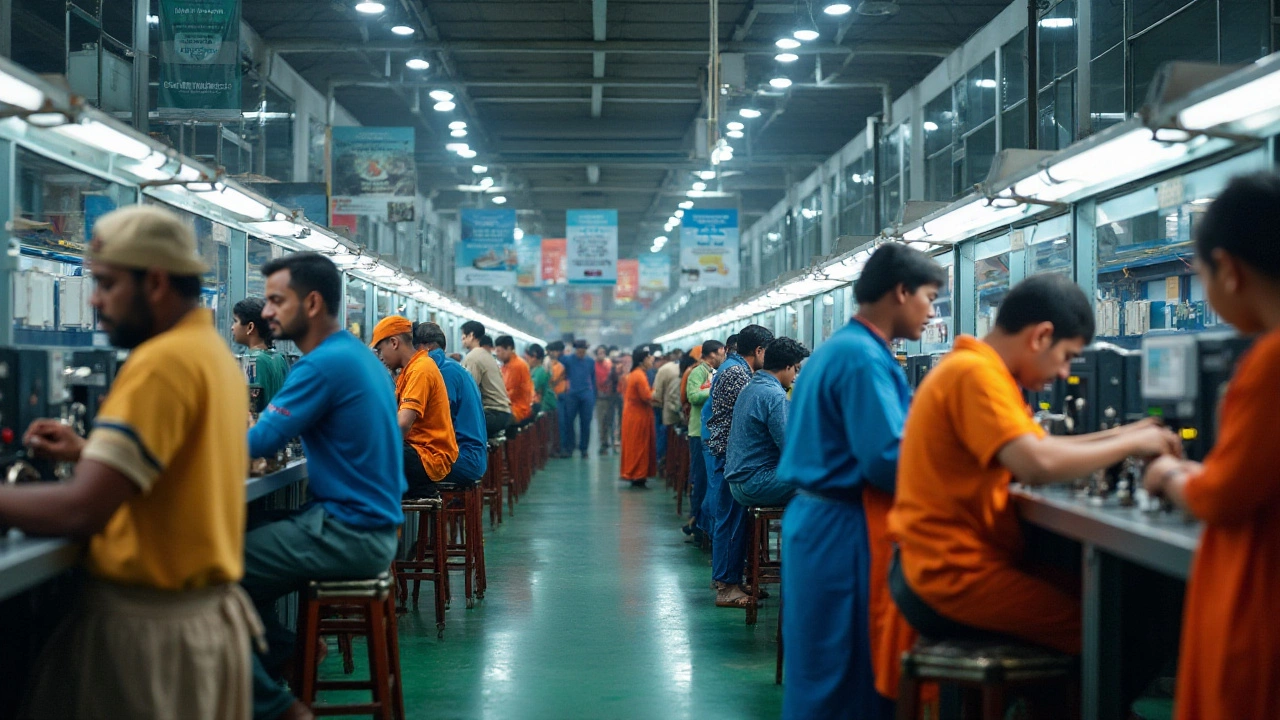Government Schemes Boosting HVAC Manufacturing in India
If you run an HVAC business or are planning to start one, the Indian government has several programs that can cut costs and speed up growth. These schemes are designed to promote local production, improve energy efficiency, and create jobs. Below you’ll find the most relevant incentives and simple steps to tap into them.
Major Schemes You Should Know
Make in India – Capital Investment Subsidy: This scheme offers up to 25% subsidy on capital equipment for approved manufacturers. For HVAC firms, it means lower outlay on compressors, chillers, and control systems. The subsidy is capped at INR 1 crore per project, and you get it once the plant is operational.
Technology Upgradation Fund Scheme (TUFS): TUFS provides soft loans at 4% interest for technology upgrades. If you want to adopt variable‑speed drives or IoT‑enabled monitoring, TUFS can cover 50% of the cost. The loan period extends up to 7 years, making cash‑flow management easier.
Energy Conservation (EC) Incentive: The Ministry of Power rewards factories that cut their power use by at least 10% through efficient HVAC designs. You receive a rebate of up to 30% on the cost of energy‑saving equipment. Proof of savings is required through certified audits.
Export Promotion Capital Goods (EPCG) Scheme: Want to import high‑end chillers or heat exchangers at zero customs duty? EPCG lets you bring in capital goods for export‑oriented production, provided you meet a minimum export target over five years.
State‑Specific Incentives: Many states, like Gujarat and Telangana, run their own HVAC clusters with land subsidies, power discounts, and single‑window clearances. Check the state industrial development corporation website for details.
How to Apply and Get the Benefits
First, register your business on the Udyam portal. A valid Udyam registration is the baseline for almost every scheme. Next, prepare a project report that includes:
- Technical specifications of the equipment you plan to buy.
- Estimated cost breakdown and the amount you expect to claim.
- Energy‑saving projections or export forecasts, depending on the scheme.
- Timeline for installation and commissioning.
Submit the report to the relevant authority—usually the state industrial department or the Ministry of MSME. Most schemes require a site visit, so keep your plant tidy and ready for inspection.
After approval, you’ll receive a sanction letter. For capital subsidies, the amount is usually released in installments tied to milestones (e.g., equipment purchase, commissioning). For loan‑based schemes, sign the loan agreement and use the funds only for the approved items.
Remember to keep all invoices, test reports, and energy audit certificates. They are essential for claim validation and for any post‑award audits.
Finally, track the impact. Use simple spreadsheets or free energy‑monitoring tools to record savings. When you re‑apply for the same or a new scheme, having solid data speeds up the process.
Bottom line: the Indian government offers a range of financial help that can make your HVAC manufacturing more affordable and competitive. By registering, preparing a clear project plan, and staying organized with documentation, you can unlock up to half the cost of new technology. Take advantage of these programs now and give your business the boost it deserves.











